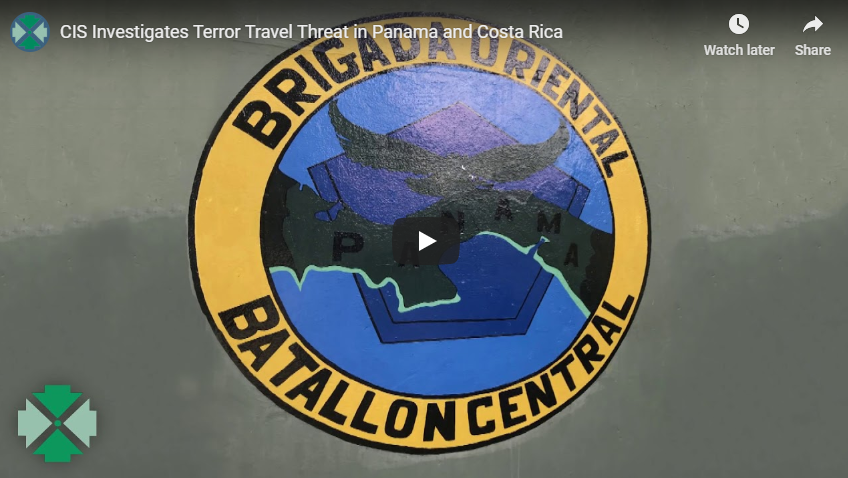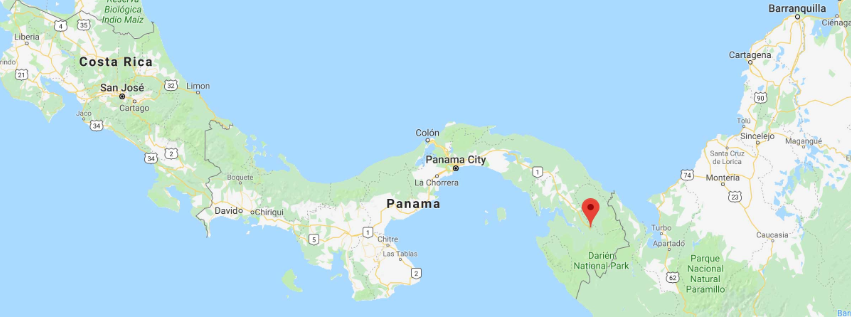Under a policy known as “controlled flow”, the governments of Panama and Costa Rica grease the skids to get them smoothly and safely to Nicaragua, Honduras, and Mexico, where organized smugglers can take over again, CIS is told.
By Todd Bensman as originally published by the Center for Immigration Studies on December 27, 2018
YAVIZA, DARIEN PROVINCE, Panama — Out of an unforgiving jungle wilderness they had to traverse to leave South America to enter Central America’s main smuggling lanes to the U.S. southern border, migrants from the Middle East find quite the forgiving interlude here. So much so, such migrants in the jungles near here actively seek out the Panamanian military police so they can turn themselves in, as I describe in the video below.
That’s because significant rewards are in store for them, a package of benefits that most Americans who care about their own border security likely know nothing about.
Under a policy known as “controlled flow”, the governments of Panama and Costa Rica grease the skids to get them smoothly and safely to Nicaragua, Honduras, and Mexico, where organized smugglers can take over again, CIS is told.
either government would call this officially sanctioned smuggling, but Panama and Costa Rica are essentially doing the work of smuggling networks in moving migrants from countries of terrorism efficiently and safely on to the United States and Canada, destination countries with easy-access asylum laws. This video report reveals what controlled flow is and how it works in practice. Arguments are made that it’s good for Panama and Costa Rica. But what about the United States, which would rather see flows of unidentified migrants from places like Yemen, Pakistan, Somalia, and Iraq thinned and deterred at a geographically natural chokepoint like Panama?
That might be a subject of public discussion and debate if Americans and their elected leaders knew about “controlled flow”. To see the video report, click below or here.

